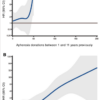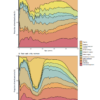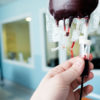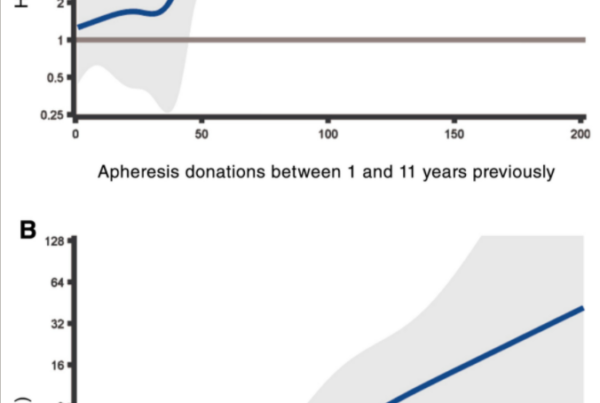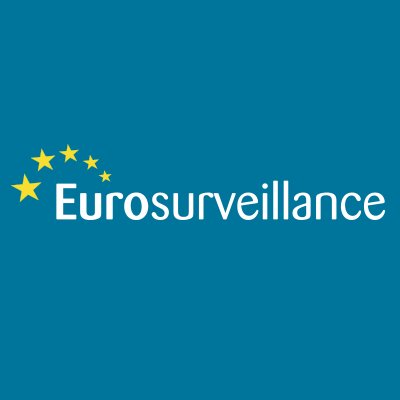BACKGROUND
Patients with hematologic malignancies receive large numbers of blood transfusions, and transfusion practices for this patient group are increasingly being scrutinized by randomized controlled trials. However, no studies so far have presented current transfusion statistics on a population level for this patient group.
STUDY DESIGN AND METHODS
A retrospective descriptive study was conducted that was based on the Scandinavian Donations and Transfusions Database (SCANDAT2), which includes data on all blood donations and transfusions in Sweden and Denmark since the 1960s. Incident cases of hematologic malignancies were identified in the Swedish Cancer Register between 2000 and 2010. Cases were divided into nine patient groups based on diagnosis.
RESULTS
A total of 28,693 patients were included in the cohort. Overall, the transfusion pattern varied depending on diagnosis and age. Patients with aggressive and acute diagnoses generally received more transfusions with immediate decline in transfusion incidence after diagnosis, whereas chronic diagnoses generally maintained more stable, but lower, transfusion incidence. In general, patients with leukemia received more transfusions than patients with lymphoma, and patients with acute leukemia as well as patients that had undergone allogeneic stem cell transplantations received the most transfusions. Within 2 years after diagnosis, patients with acute myeloid leukemia diagnosed at ages 0 to 65 years received on average between 30 to 40 red blood cell transfusions and platelet transfusions, respectively, corresponding to direct material costs close to 200,000 SEK (23,809 USD).
CONCLUSION
Results from this population‐based overview of blood use in hematologic malignancies showed high variability depending on diagnosis and age.1
